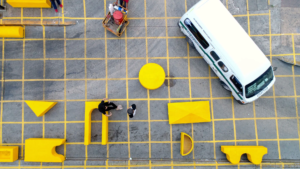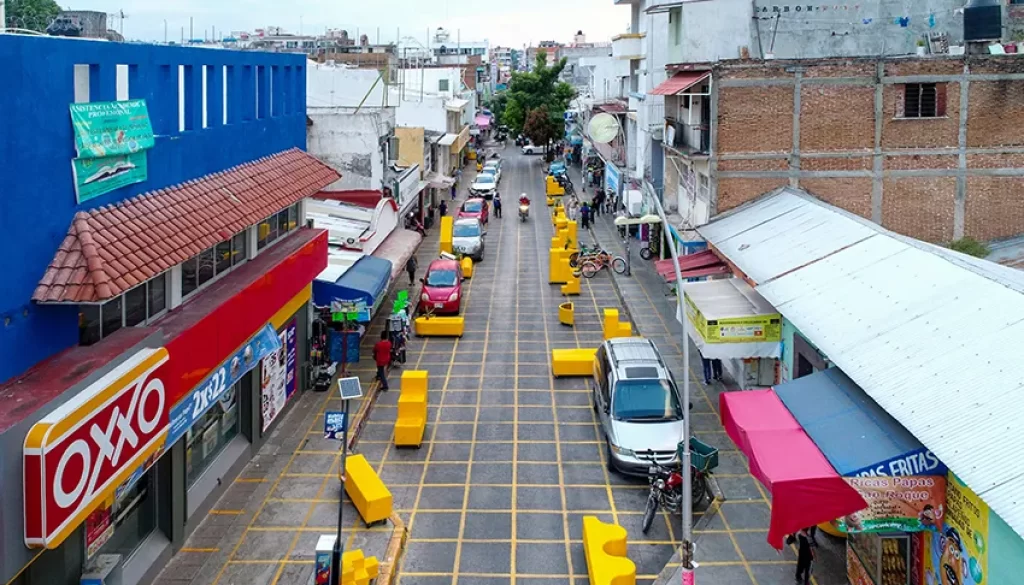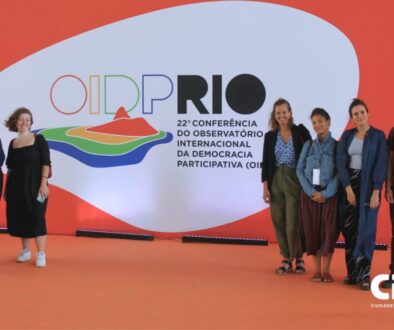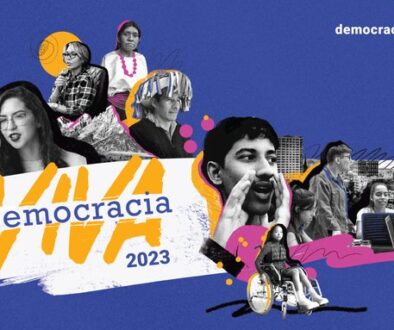The Shared Streets Revolution: An Inclusive Approach to Urban Mobility
Getting your Trinity Audio player ready... |
In the urban fabric of our streets there are dangers and fears, but also opportunities for access, freedom of expression and joy. Each of them is a path that leads to the destinations desired, needed and desired by its people. However, moving through the city is far from being equitable for everyone. The streets are transformed into scenarios plagued with dangers, where noise nuisance and the chaos of big cities intermingle. In this context, it is essential that urban planning takes a leading role in ensuring accessible and sustainable mobility for all.
To ensure this mobility, one prominent action is shared spaces, commonly known as “shared streets”. The term was first coined in 2003 by Ben Hamilton-Baillie and taken up in 2015 by Dérive LAB with the development of the first Shared Streets manual.
The concept of shared streets represents a revolutionary change in our perception and experience of urban roads. It is a practice that involves planning, designing and managing streets so that all modes of transport and users have equal access to urban mobility. These streets not only ensure safety and comfort, but also create an inclusive and accessible environment for all users: pedestrians, cyclists, motorists, people with disabilities and many others. It is an approach that breaks down barriers, encourages coexistence and promotes equity in public space.
Mobility planning is about much more than selecting where to put a bus stop or making a street one-way for cars, it is about thinking about how people communicate and interact with each other. As thousands of people struggle daily against street obstacles, the clock is ticking. Urban planning becomes an urgent imperative to safeguard the safety and well-being of all citizens, and time is the key player.
According to the National Time Use Survey conducted by the National Institute of Statistics and Censuses (Indec), most Argentines spend more than one day per month just to commute to their places of employment. Calculated on an annual basis, Argentines spend between 9 and 16 days just to commute to and from work, depending on the geographical area of the country where they live. Another example is Mexico, where a Mexican takes approximately 88 minutes a day to travel on public transport, while 30% take more than two hours and wait 11 minutes in Metro stations.
In addition to time constraints, there are other challenges that hinder citizens’ mobility on the streets. According to official WHO data, around 1.3 million deaths occur each year due to road traffic collisions, with pedestrians, cyclists and motorcyclists being the most vulnerable. This problem is even more acute in the regions of the global South, where, despite accounting for approximately 60% of the world’s vehicles on the road, 93% of traffic-related deaths are recorded.
In a region characterised by a lack of adequate infrastructure, scarce resources, socio-economic inequality and weak democracies, mobility planning becomes a significant challenge. In this context, creativity becomes fundamental to achieve remarkable results with limited resources, becoming the main strategy to be employed.
Curitiba: Much more than just streets
A concrete example is the city of Curitiba. This city is particularly well known for being a success story in the implementation of a sustainable urban planning approach. It has implemented an urban policy that is sensitive to the environment and involves citizen participation.
The Brazilian city has pioneered the implementation of an integrated public transport system, including fast and efficient buses and dedicated bicycle lanes. The city has also implemented pedestrian zones in tourist and commercial areas, which has improved safety and quality of life for residents.

One of the highlights is the region’s innovative Cycle Path Plan. It has a micro-cycling network with 19.5 kilometres of cycle paths linking different parts of the city, a bicycle plaza and bicycle parking at all points of the city to improve accessibility for bicycles.
Tuxtla Gutierrez: Inhabiting the space
The Mexican city shows another way in which giant changes can be achieved with little. Through a citizen participation initiative led by Dérivé Lab together with the local government of Tuxtla, a shared street pilot was implemented through the painting of a yellow grid and the manufacture and installation of street furniture and vegetation.

In this way, the city managed to improve road safety conditions by reducing the speed of cars and improving access and the right to the street for everyone. Thus, more space for rest, leisure and conviviality was created in places that were normally occupied by parked cars.
The governance of mobility in the South
CILA believes that it is imperative to address this issue from a holistic perspective. This implies collaboration between governments, international organisations, transport experts and civil society to implement policies and measures that ensure road safety and promote sustainable mobility. Only through smart and committed urban planning governance can we build cities that are safe, inclusive and respectful of the well-being of all their inhabitants.
By Trinidad Reynoso Castillo, Senior Analyst at CILA – Asuntos del Sur.




